Erik Brunetti: Behind The Doctrine
For some time, the creative abilities of Erik Brunetti have been apparent throughout his apparel brand FUCT. Fascinated by his new project, we took the opportunity to speak with Brunetti about his directorial debut with The Doctrine.
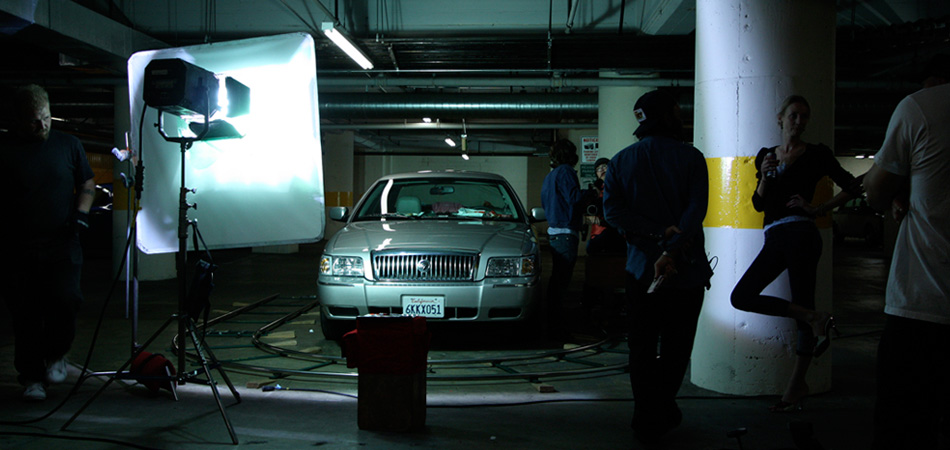
For some time, the creative abilities of Erik Brunetti have been apparent throughout his apparel brand FUCT. His hand-drawn graphics and his themes always presented an angle that showcased his innovation and forward-thinking mentality. Recently, we saw an expansion in Erik Brunetti’s creative mediums with the presentation of his first video exploit, “The Doctrine”. Fascinated by his new project, we took the opportunity to speak with Brunetti about his directorial debut as well as gather some quick insight into the apparel side of things.
Interview: Eugene Kan
Photography: Yukio Kishimoto
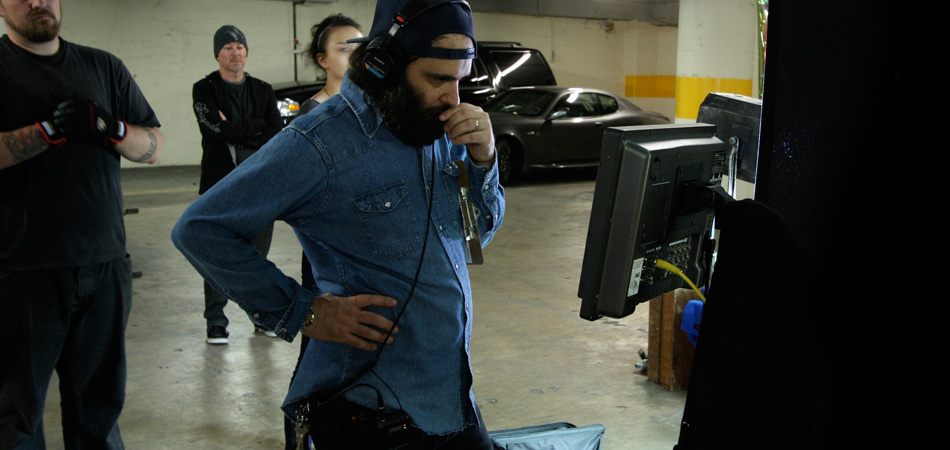
You recently debuted your first piece of cinematography, what was the catalyst for making the jump into this medium?
As an artist, I wanted to challenge myself; when things become complacent in my space of work I feel the need to seek out new ventures to express myself and what I am involved with, whether it’s my brand, or me personally. Cinema is a medium that I have not worked with very much, but I have always been attracted to. I constantly think about design conceptually and literally, I think about which mediums will apply best to the idea to bring it to fruition.
Was there something that brought on this “complacency” or would you say that you had largely become satisfied with your artistic work in the past? And to what degree of involvement does cinema make its way into your everyday life? While some listen to music while they design, is a movie running in the background for you?
I am extremely satisfied with what I have accomplished in the past. I feel the industry as a whole has become complacent. I believe the Internet has sped up the selling and consumption process for brands, which in turn affects the look and design quality of the collections; thus, the product suffers. This results in every brand looking like the next with each season. No one is willing to step outside of the script or take a financial risk, therefore they look to other brands to take this risk for them. If it succeeds and is presented on the hype/sites, etc, only then will they follow pursuit. That is complacency.
I usually work in silence, never with a movie or TV on. A majority of my ideas and visions come to me when I am sleeping. I wake up and write them down. If I hear a sound or musical idea, I wake up and play (whatever instrument it is) into a four track or pro-tools quickly, then tighten it up in morning. I hear sounds that sound like other sounds, and see things that look like other things. A bus driving over a manhole can sound like a large bass drum with shakers, cars driving by my window emulate the sound of wind, sometimes sounding like loud echoing whispers. I will see a image on an object, at first glance I see it a certain way, then I look again and it’s completely different, I am seeing what my mind wants me to see. This applies to all of my work.
I have always been into film, my entire life. Bernardo Bertolucci, Martin Scorsese, etc. The early 90’s FUCT t-shirts depicted that (movie stills printed on t-shirts). FUCT was the first streetwear brand to cross-reference cinema with a garment. Now, I want to push that initial idea one step further and bring the brand to viewers via a cinematic experience.
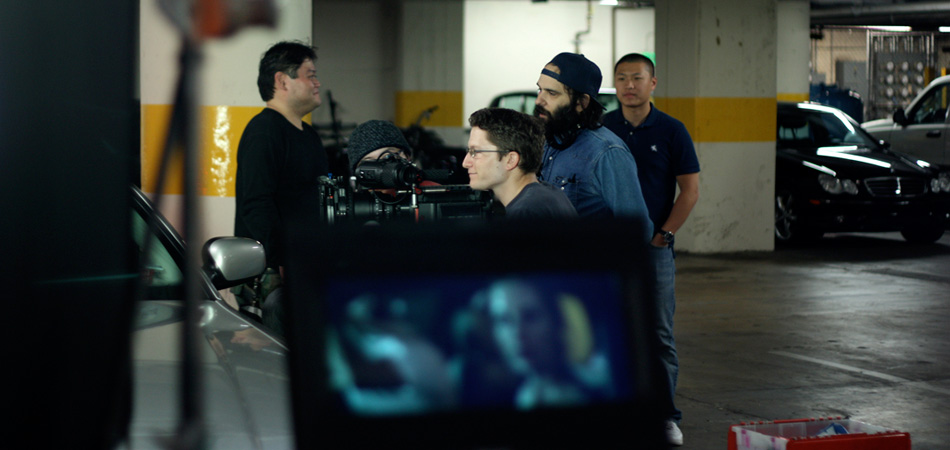
There’s no doubt that there has been a fundamental change in how content is perceived and consumed with sites like our own incorporated into the equation. It does seem as though many rest on their laurels and simply coast by without much in the form of innovation as any conceptual changes occur only in small baby steps to minimize risk… When you speak of film’s importance in your life, what aspect of it do you find so fascinating? I know for me personally, the multi-dimensional aspect is something very interesting. Film and its multiple elements like sound, filming technique, lighting and motion make for something quite difficult to master.
That’s exactly it. The multiple dimensions that can be explored. As an artist, directing is the ultimate challenge, because you are dealing with so many facets at once. I also believe 50% of making the film great is the sound design.
How did you approach the planning and execution process of this first film project? Does it mirror your usual work-flow or was the inevitable learning curve something that sometimes altered your original plans?
I imagine and see the entire shot in my head, literally. The colors, movement, type of room, sound, everything. A week prior to filming, I photograph the room or location(s) and go over it with my DP. In this particular clip, I wanted to capture the light at a magic hour. I try to photograph it exactly how I see it it in my head, sometimes that means waiting for the light to appear properly. I wanted very yellow hues, to create a presence of very warm temperatures. The sound of the beer being cracked open supplies the viewer with more feeling and a relief pertaining to the temperature of the environment.
I wanted the viewer to immediately know the city was Los Angeles the moment the clip begins. Los Angeles has a very particular look. The apartment I shot it in was an older L.A. apartment building with the cream stucco type walls, iron-gated patio entrances. When I first arrived in Los Angeles in 1988, the first thing I noticed were all the homes and apartments with iron bars over the windows and doors. Seeing those details in the clip creates a presence of danger, it also subliminally insinuates a feeling of being trapped.
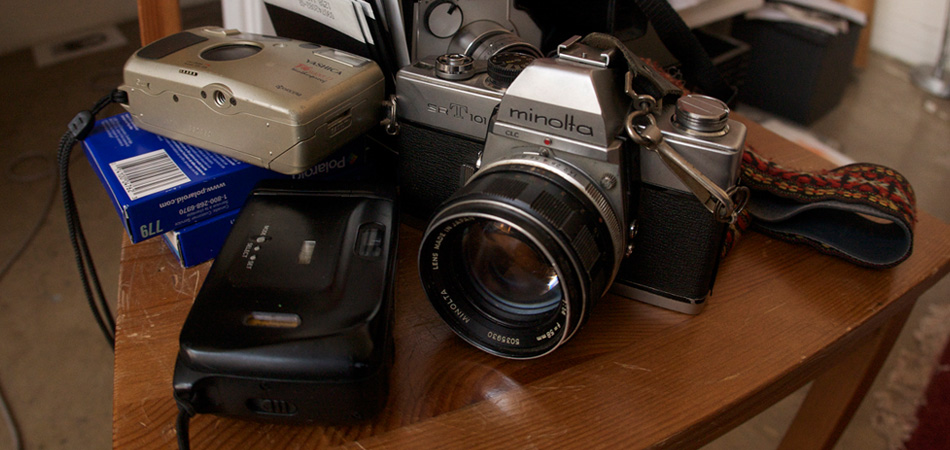
So the whole development is quite planned and well-thought out? Did anything not go accordingly to plan based on your own internal conceptualizations?
Everything went smoothly and as the way I had planned it out. I work with a small crew, and I will admit, they get nervous about trusting an internal vision without storyboards to reference. But it always works out without any major snags. If these were 30 minute clips or more, I would change my production approach, storyboards would apply.
What was the particular message you were looking to convey or is the video project more an extension of what the brand already represented? I assume with so many customizable factors available with video, it must have offered an increased number of options to get your points across versus static, soundless mediums.
This project is more of an extension of what the brand already represented. It is taking online advertising to the next level.
What’s your current perception of advertisement now both online and offline? With your contribution, how do you hope to change things up or at least offer a different approach?
My feelings about online advertising are that the possibilities are limitless. It is much easier to accomplish something online rather than with offline advertising, simply due to the digital tools available to the advertiser. It is much more cost effective, as well as the over all, the effect is more potent. I am not concerned with changing things up within the industry, I am only interested in presenting my brand’s presence at a higher level than the rest. Other brands will naturally try to do the same thing, due to the competitive nature of the industry.
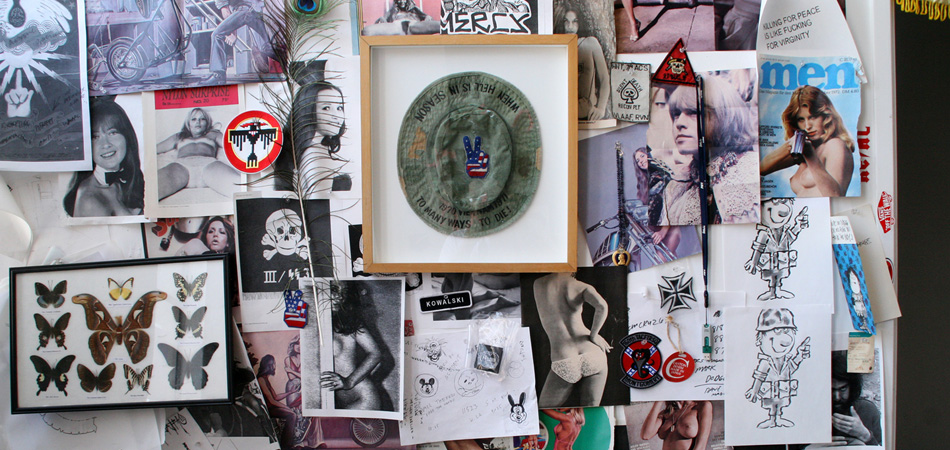
When you first launched the inaugural video a little while ago, you made reference to the current “defeatist” attitude plaguing various aspects of the industry. Is your view with an optimistic perspective something you’ve maintained throughout the years or more of a recent revelation that helped spawn this current creative outlet?
It is not an optimistic perspective per say, I have always maintained ideas and ideals that are outside of the box. I wouldn’t necessarily call that being an optimist. My decision to present FUCT in a cinematic format is an idea I have maintained for well over a year, but I never got around to executing it properly due to my tremendous workload. My comment in reference to the industry being plagued with a defeatist attitude is exactly that. It speaks for itself. Complacent and unoriginal. I addressed this earlier. With this recent project, I wanted to bring the FUCT consumer into a fictitious world, I wanted to give them something to sink their teeth into, something more than a t-shirt or garment. I want the experience to continue for them.
In regards to the clothing line itself, what can we expect on the horizon? With the creation of the SSDD (Same Shit Different Day) line, was there a particular reason to keep it focused mostly for the Japanese market?
As to what to expect? We have some really great surprises coming. I just keep doing what I like, and hope the consumers will like it as well. I would never release an item I did not like aesthetically. The reason we produce and sell the SSDD line exclusively in Japan is due to a variety of reasons. The first and foremost is quality. Japan has by far the best garment quality and construction. The SSDD line is primarily American heritage and military-themed. It is difficult to sell Americana to Americans. I realize there are people who are hyped about having it available in America; But that move would not justify the price points the line would have to demand per garment as well as the sizing issues. I have a great group of people I work with in Tokyo, with a built-in infrastructure, it makes the production move smoothly. To do this in America, it would require building a new infrastructure and hiring. I am not interested in that nightmare. I have been down that road before. These days, I prefer to run my business lean and as profitable as possible.
Following your movements and personal blog updates in the past, one could say you aren’t afraid to provide your own opinion and insight into the various political conflicts and affairs taking place across the world. But having said that, do you feel that fashion and politics can ever serve as complimentary cultural platforms? Or are they best seen as separate entities that shouldn’t intersect?
Yes, I do feel that they can serve as complimentary cultural platforms, not only with fashion, but all the arts. I also believe it depends on how knowledgeable one is with discussing and or addressing world affairs and politics as well as how it is presented. If you have a voice and a platform, by all means use it. Be free.
Thanks a lot for the opportunity Erik, any last words? And when can we expect part 2 of the video project to drop?
My pleasure. Check Fuct.com for the second clip, it will be up soon.
